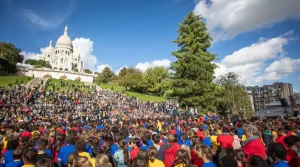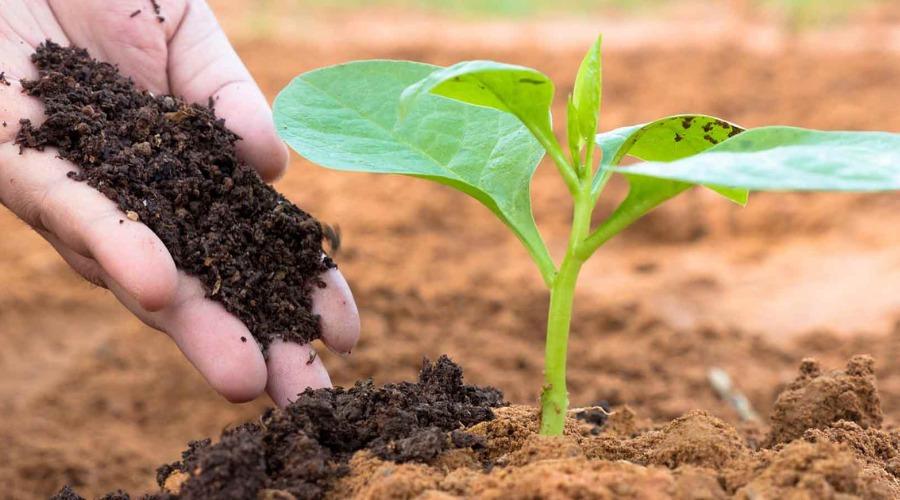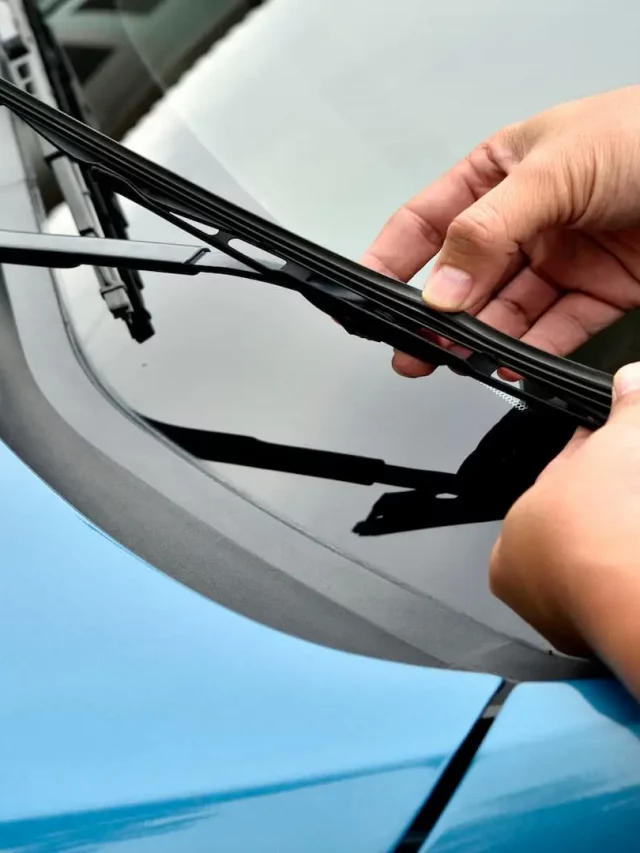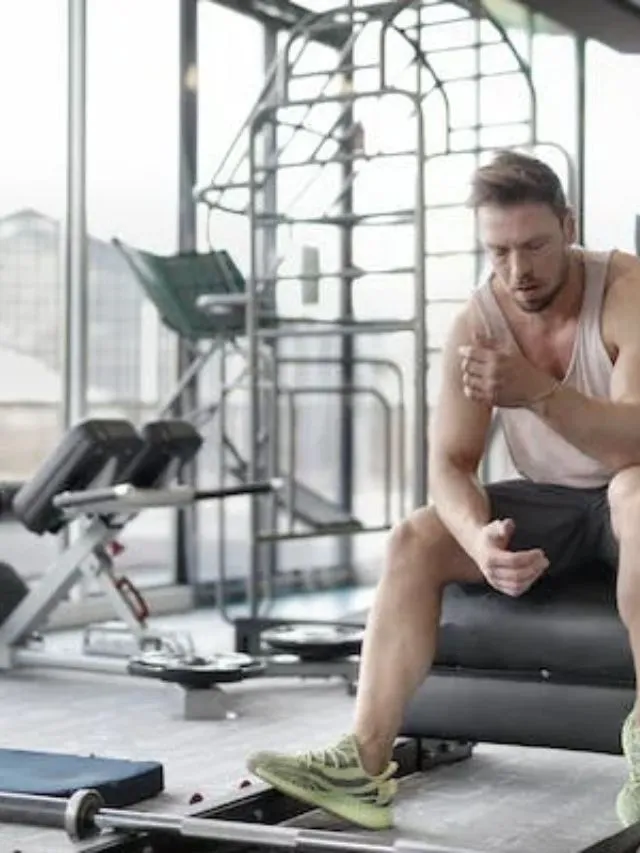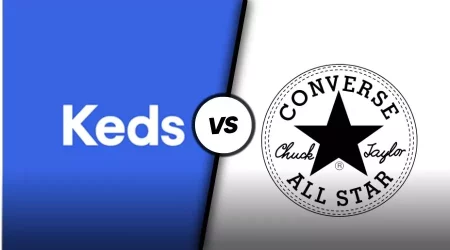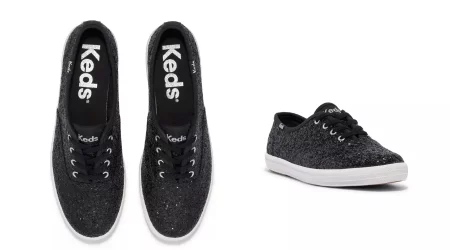We know you are constantly looking for methods to make your garden healthier and more productive, whether you are a dedicated gardener or do it as a hobby. Understanding the components that make up your soil and maintaining your garden’s soil health is crucial. Also, you should know the distinctions between compost & topsoil and how to use each effectively. Moreover, you can buy compost & topsoil at the best rates from the official Dunelm website for your garden.
Difference between Compost & Topsoil
Understanding the difference between compost & topsoil is crucial, as you can use them to your advantage when fully aware of the specifications. So, let’s have a look at both of them. The difference between compost & topsoil is as follows:
Topsoil
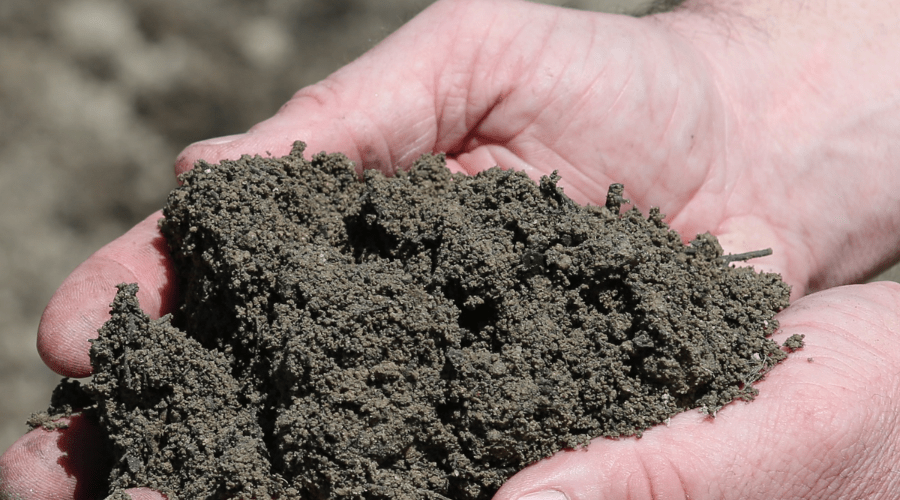
The top layer of soil above the bedrock is known as topsoil. It is the soil layer with the highest organic matter and nutrients. However, most topsoil contains only some organic matter that plants require to thrive. The more organic matter your soil has, the better it is for growing plants. You can extract topsoil from building sites or fields and sold in enormous amounts. It is sometimes mixed with organic debris to make it more suitable for plants. Because of its organic content, good topsoil will feel lovely and soft and will not have too many pebbles, twigs, or other residue floating around.
Also Read : 12 Garden Design Ideas To Give Your Garden A Modern Look!
Compost
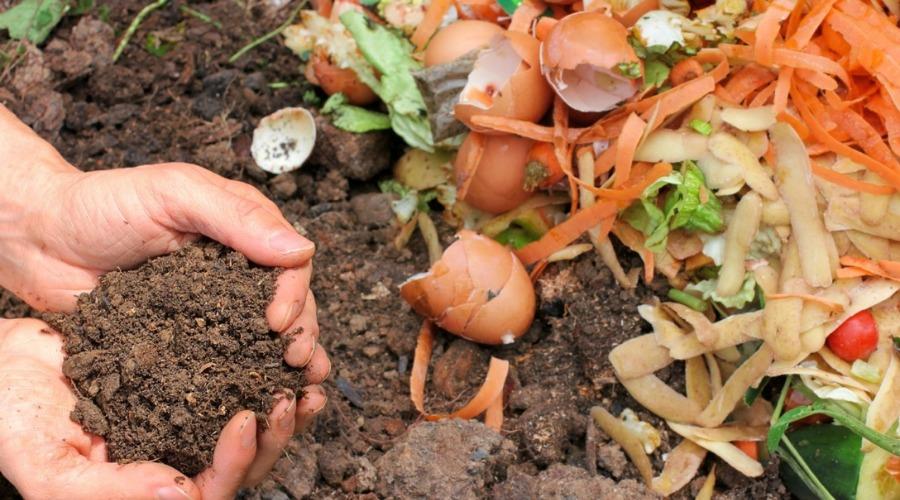
Compost is a natural combination that decomposes into rich, black soil. Because compost is nutrient-dense and helpful to plants, some gardeners refer to it as “black gold.” Compost is created by combining table leftovers, shredded leaves or twigs, and other organic materials, allowing them to degrade naturally. The end product is fantastic for enhancing your soil. Compost that has been broken down into tiny particles and has a dark chocolate hue is considered good. It should be smoother than mulch and not contain partially degraded debris, sticks, or leaves.
Different Types of Soil
Multiple types of soil are present that you can use for construction and many other purposes. We at Savewithnerds have curated a list of the best types of soil. The list of the best types of soil is as follows:
1. Soil for Garden Beds
Landscape beds, sometimes known as garden beds, are popular places to plant shrubs, perennials, and annuals. Many buy top or garden soil yearly and apply it to these beds. To further comprehend this, consider what your soil requires. Most garden soil is deficient in organic matter. Organic matter feeds the plants, loosens the soil, brings air to the ground, and provides vital bacteria. Unless you’ve been adding organic matter to your soil for years, it likely needs more. Rather than purchasing dirt that you already have, buy organic materials. Compost & topsoil manure are excellent options for this. Do not bury this in the ground. It may be used as mulch and layered on top of the soil. Nature will do the work of incorporating it into the soil for you.
2. Soil for an Existing Vegetable Bed
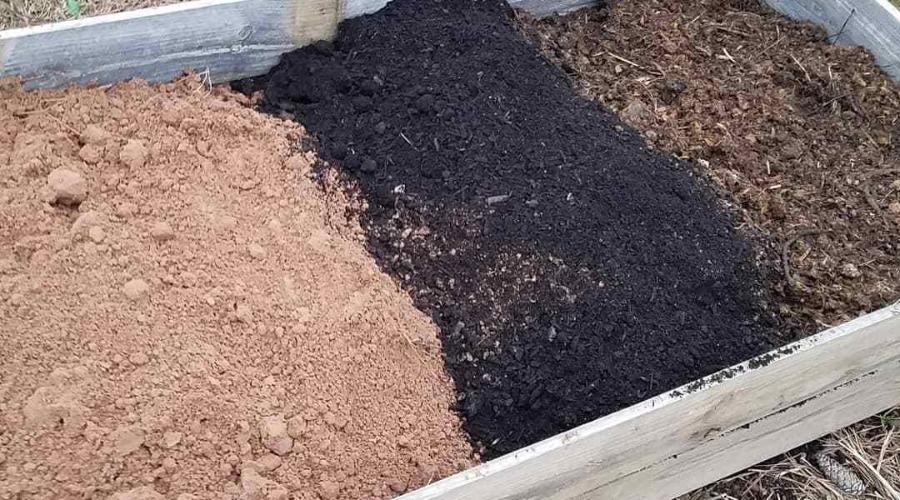
This garden is no different than any other garden bed, assuming the veggie bed already exists. It requires organic materials, and compost and manure are both suitable options. Even in the vegetable bed, organic matter should be added and left on top of the soil. Digging it into the soil damages soil structure raises weeds, and accelerates organic matter decomposition (i.e., it does not last as long). In your vegetable bed, dig as little as possible. Straw is another excellent alternative. Use it as a mulch or in conjunction with compost and manure. The soil will hold moisture for a more extended period. Straw decomposes slowly, contributing organic stuff to the soil.
3. Soil for a Raised Bed
Talking about compost & topsoil, you need more soil and purchase additional substances. Many folks will buy a triple mix for this task. It appears to be correct. The triple blend consists of earth, peat moss, and compost. Because organic matter accounts for two-thirds of the mixture and decomposes over time, the soil level will fall yearly. You’ll have to keep adding dirt to maintain the level up. It is not a significant issue in a vegetable plot or one dedicated to growing just annuals, but it is detrimental to perennials and shrubs. Perennials and shrubs will be planted too high in no time as the soil around them diminishes. It is far preferable to construct the bed entirely of topsoil. Even this will settle with time, but less than the triple mix. When the bed is complete, plant it and cover it with organic stuff. It will absorb organic materials will be absorbed into the soil over time.
Selecting the Right Soil
The first step is to determine what problem you are attempting to address. Is it necessary to elevate the present soil level to make it higher for any soil-based compost? In that situation, you should consider compost & topsoil. However, topsoil is the only product that will keep the required level constant, but even it settles a little. Use compost or manure if you wish to add organic material. Add no dirt or soil-containing products. Containers are an exception; use potting soil for them.
Conclusion
These are some of the types, differences, and how you can select the best soil. Moreover, you can read more such articles at the official Savewithnerds website.
FAQ’s


